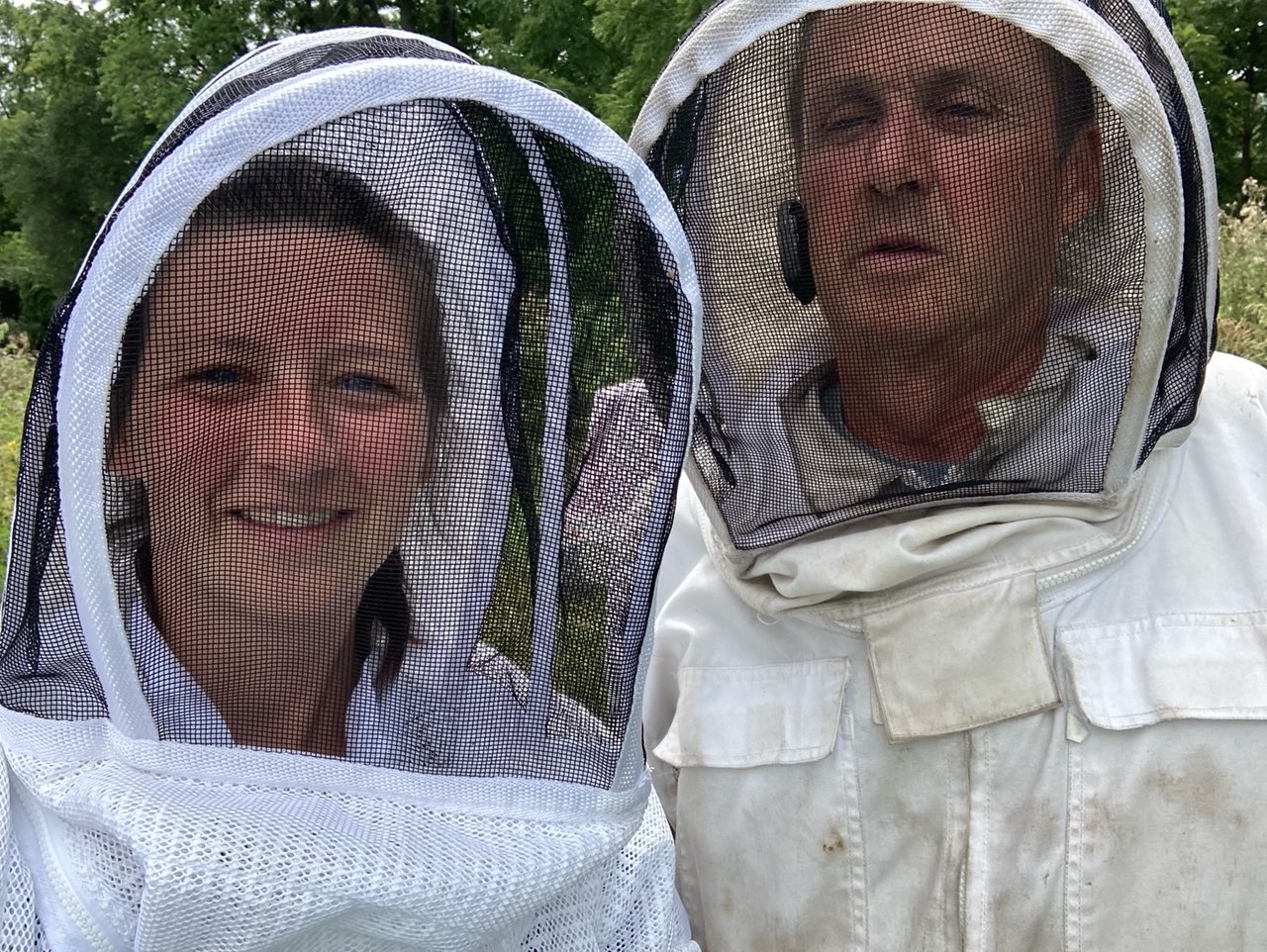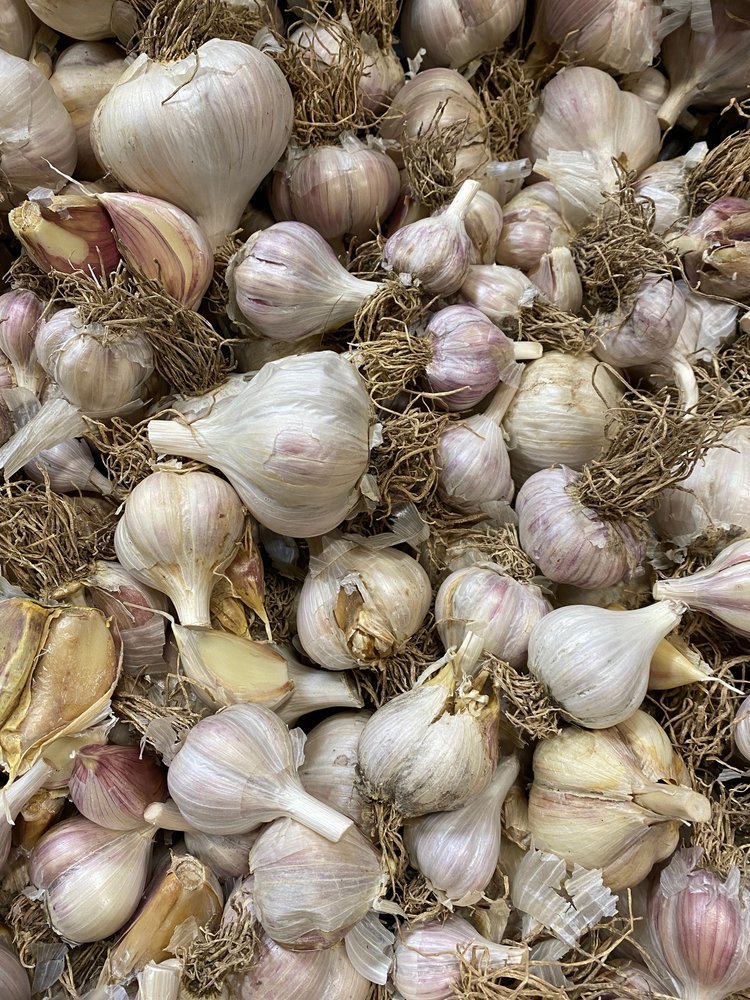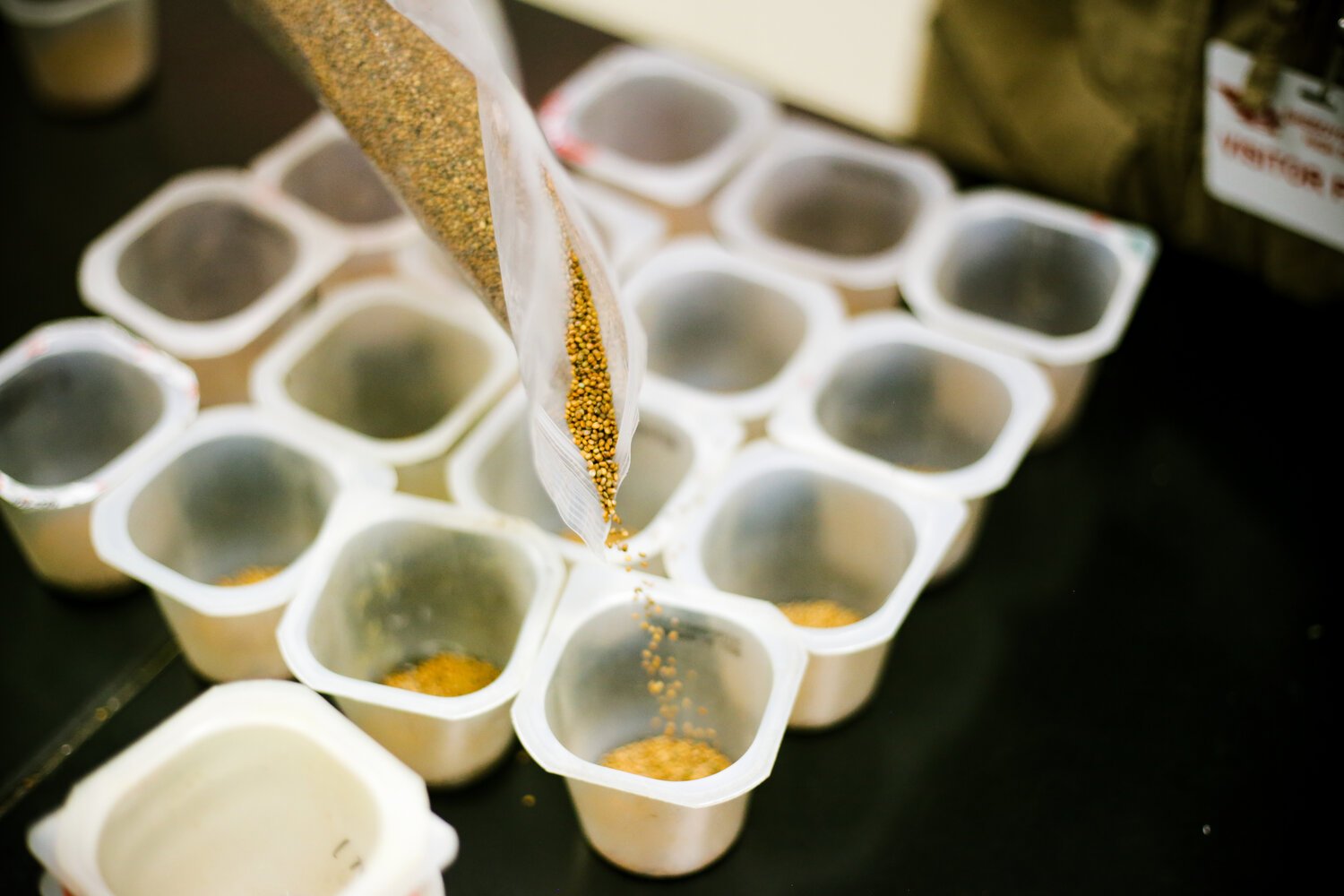Ready to make a change in your life, but not sure where to start? Ryan Laswell, Nourish’s Executive Director, put together four-step guide can help you get inspired, gather information, set goals, and reflect on your progress. We'll also delve into some of the theories surrounding behavior change and how they can inform your journey. If you're ready to take the first steps towards positive change, read on.
Step One: Get Inspired
Be inspired by those around you, maybe you see someone at the store, someone in your neighborhood, online, or at work. Observe closely, what it is that the person is doing that inspires you? Maybe you don’t know what needs to happen, or where to start, but step one is about being inspired to change, and you don’t need to worry about the actions you’ll be taking yet.
Step Two: Do Your Research
Gather information by noting what the person is doing, and then a simple search online for how to start the inspiring actions you’ve observed. Maybe it's cooking a healthier meal for your lunch, or having your family cook and share a meal, starting some herbs or a garden, or being more active. Step two is about preparing to take action. If you tell someone what you’re going to try and do, there is a greater than 50% goal you will attempt this change.
Step Three: Set Reachable Goals
Now you are inspired, you have some initial information, you’ve told someone what you’re going to attempt, and now is the time to try. Before you start, set goals around your actions. First goal might be that you muster up the confidence and courage to start, second goal is that you try the action twice, third goal might be that you pull someone near you to help with achieving your goal. Way off in fourth place is actually fulfilling your goal. By setting up chances for small wins, your actions will bring you closer to success. The saying goes, you don't fail if you get up and try again, you only fail if you quit trying. Making new actions or changing is a never ending process which isn't about the destination, it's about the journey.
Step Four: Reflect and Set New Goals
Let’s say that you are somewhat successful with your goal. What worked and how can you build off that success? What didn't work, and what have you learned that will allow you to try something differently next time? Change can take several attempts to make into a new habit. Remember your goals about starting, sharing, trying…. It's not just about the destination. The more you try, the stronger the chance you can establish a new pattern and make your inspired observation something that you regularly achieve.
Change might seem scary, but it is likely the chance of failure that is scary and not the change itself. Give yourself permission to try and fail and give yourself grace when things don’t work out as easy as planned on your first try. Every day we are faced with choices and sometimes they come too fast and too many at once. Change is about being present in the moment, making specific choices, and working toward the best version of yourself.
At Nourish, our mission is about actions that lead to more wholesome food choices. We don’t tell you what to eat, or how to eat, but we do want you to give yourself experiences, awareness, and education so that you can pursue the best version of yourself. Often times as we pursue the best version of ourselves, it supports those around us too, such as the farmers who grow our food and the businesses and people who are working toward similar goals. Your people, your community, your network… these are the people who will help you be that best version of yourself.









